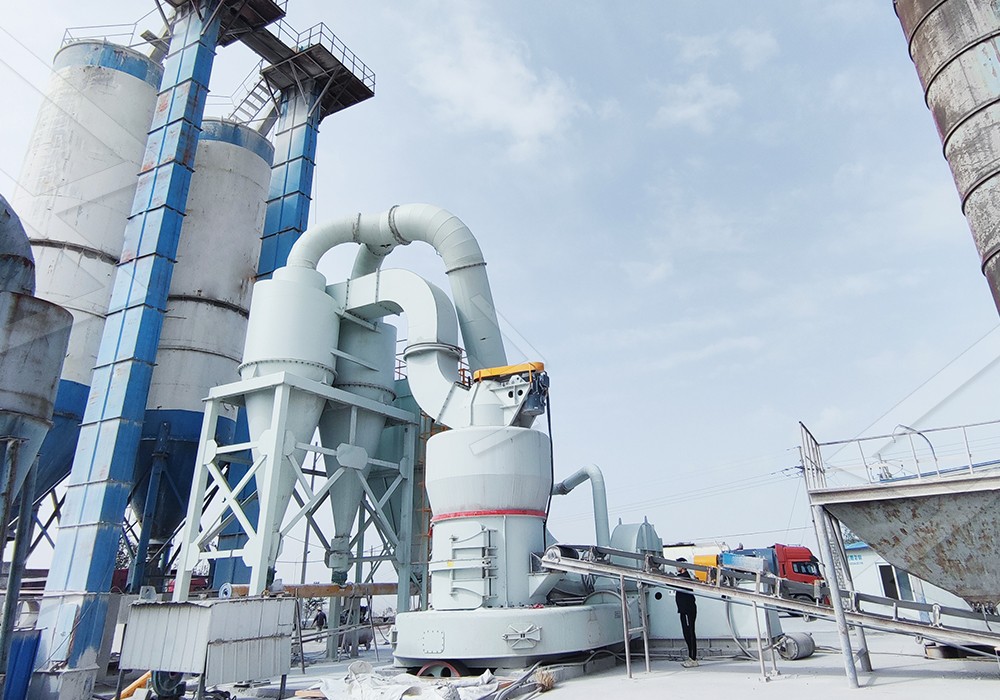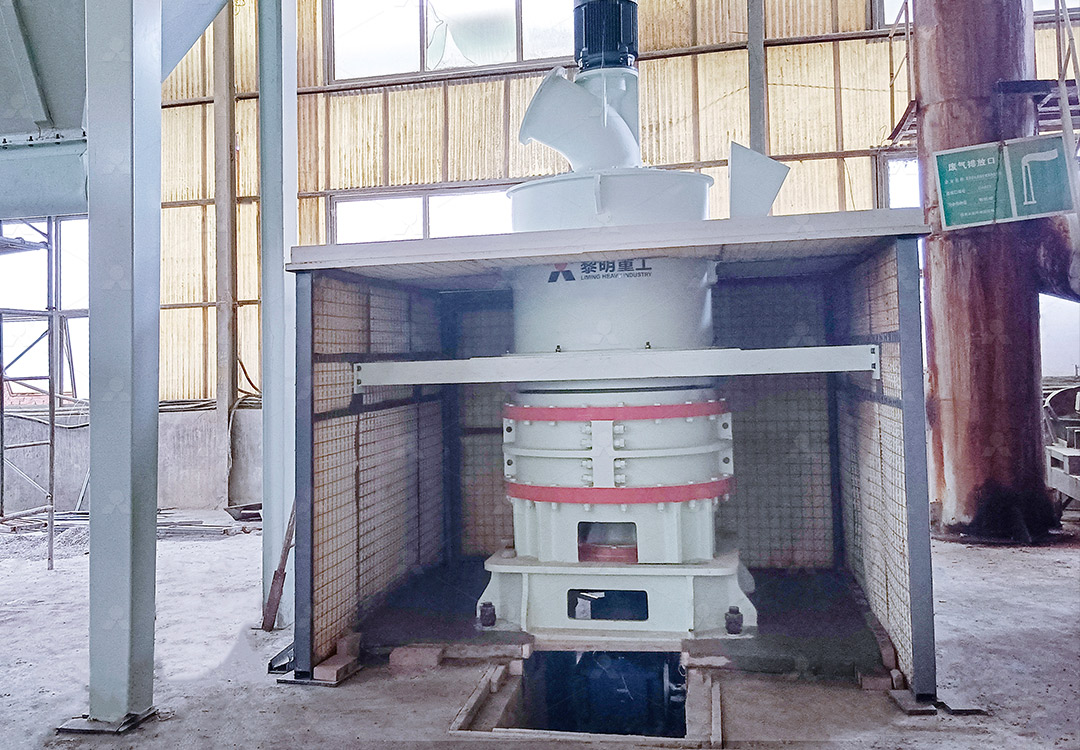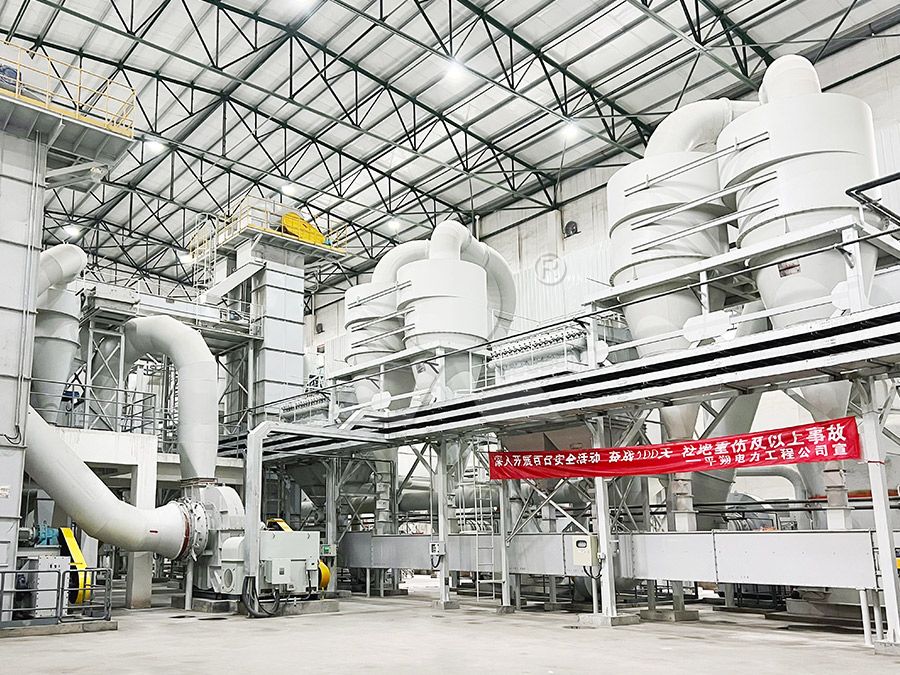Raymond Mill for Grinding Dolomite: A Complete Guide
Raymond Mill for Grinding Dolomite: A Complete Guide
Dolomite, a calcium magnesium carbonate mineral, has become increasingly valuable across numerous industries due to its unique properties. From construction materials to agricultural supplements and industrial fillers, finely ground dolomite powder serves critical functions in modern manufacturing. For decades, Raymond Mill technology has been the cornerstone of efficient dolomite processing, offering reliable performance for medium-fine powder production.

Understanding Dolomite Grinding Requirements
Successful dolomite processing requires careful consideration of several factors. The mineral’s moderate hardness (3.5-4 on Mohs scale) and specific crystalline structure demand grinding equipment that can handle abrasive materials while maintaining consistent particle size distribution. Traditional Raymond Mill systems typically achieve fineness between 80-325 mesh, making them suitable for many dolomite applications where ultra-fine powders aren’t required.
However, as industry standards evolve and applications demand higher purity and finer particle sizes, many operations are transitioning to more advanced milling technologies that offer superior efficiency and precision.
Advanced Solutions for Modern Dolomite Processing
For operations requiring ultra-fine dolomite powders with superior consistency, our MW Ultrafine Grinding Mill represents a significant technological advancement. This innovative equipment processes dolomite with input sizes up to 20mm and capacities ranging from 0.5 to 25 tons per hour, making it suitable for both small and medium-scale operations.
The MW series stands out through its exceptional energy efficiency, achieving 40% higher production capacity compared to jet mills and double the output of ball mills with the same power consumption. Its advanced German cage-type powder selector technology enables precise fineness adjustment between 325-2500 meshes, with screening rates achieving d97≤5μm in a single pass. This level of precision is particularly valuable for high-value dolomite applications in plastics, paints, and specialty chemicals.

Key Considerations for Dolomite Mill Selection
When selecting grinding equipment for dolomite, several factors warrant careful evaluation. Production capacity requirements should align with both current needs and anticipated growth. The desired final product fineness will significantly influence technology selection, as will energy consumption targets and available facility space.
Environmental considerations have become increasingly important in mill selection. Modern operations must address dust control, noise reduction, and overall environmental impact. The MW Ultrafine Grinding Mill addresses these concerns through integrated pulse dust collection systems and noise reduction technologies that ensure compliance with stringent environmental standards.
Maintenance requirements and operational reliability represent additional critical factors. Equipment designs that minimize downtime through external lubrication systems and eliminate internal rolling bearings in the grinding chamber, like those found in our MW series, provide significant operational advantages for continuous production environments.
Optimizing Dolomite Grinding Operations
Beyond equipment selection, successful dolomite processing depends on proper operational practices. Consistent feed size and rate, appropriate moisture control, and regular maintenance schedules all contribute to optimal mill performance. Modern digital control systems enable precise parameter adjustments that maintain product quality while maximizing throughput.
For operations requiring even higher levels of precision and efficiency, our LUM Ultrafine Vertical Grinding Mill offers additional advantages. With its unique roller shell and lining plate grinding curve design, this system generates material layers more effectively and achieves higher finished product rates through single-pass milling. The LUM series handles input sizes up to 10mm with capacities of 5-18 tph, incorporating the latest Taiwanese grinding roller technology and German powder separation expertise.

Frequently Asked Questions
What is the typical fineness range achievable when grinding dolomite with Raymond Mills?
Traditional Raymond Mills typically produce dolomite powder between 80-325 mesh. For finer applications, advanced mills like our MW series can achieve 325-2500 meshes with precise particle size control.
How does dolomite hardness affect grinding mill selection?
Dolomite’s moderate hardness (3.5-4 Mohs) makes it suitable for various mill types, but its abrasive nature necessitates wear-resistant components. Our MW and LUM mills feature specially designed grinding elements that withstand abrasive materials while maintaining efficiency.
What capacity ranges are available for dolomite grinding mills?
Capacity requirements vary by operation. Our MW Ultrafine Grinding Mill offers 0.5-25 tph capacity, suitable for diverse production needs from pilot plants to medium-scale industrial operations.
How important is environmental compliance in dolomite grinding?
Modern operations must prioritize environmental considerations. Our milling systems incorporate efficient pulse dust collectors, mufflers, and negative pressure systems that eliminate dust pollution and reduce noise, ensuring compliance with international environmental standards.
What maintenance advantages do modern dolomite grinding mills offer?
Advanced designs like our MW series eliminate rolling bearings and screws in the grinding chamber, preventing common failure points. External lubrication systems enable maintenance without shutdown, supporting continuous 24-hour operation.
